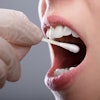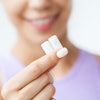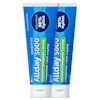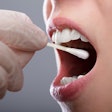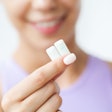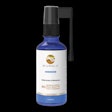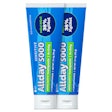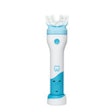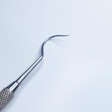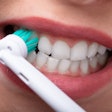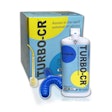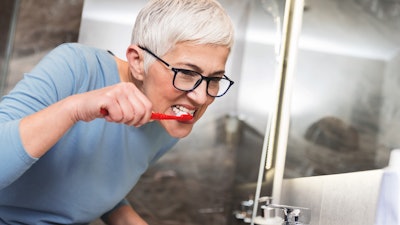
A toothbrush with a thin head, slim neck, and ultratapered bristles may significantly outperform the standard toothbrush in reducing plaque and gingivitis. This study was recently published in BMC Oral Health.
Furthermore, this toothbrush type was especially effective at reducing plaque and gingivitis on the rearmost molars and implants, the authors wrote.
"The type of toothbrush is a critical factor influencing the effectiveness of oral care," wrote the authors, led by Hyo-Jung Kim of the Yonsei University College of Dentistry in the Republic of Korea (BMC Oral Health, October 5, 2024, Vol. 24, 1186).
This crossover randomized study included 58 adults age 20 and older and took place at Yonsei University Dental Hospital between June and September 2022. The study had two phases that were separated by a four-week washout period.
At the start of the study, participants were randomly assigned to use either a regular toothbrush or a newly developed toothbrush. In phase two, the control group switched to the newly developed toothbrush and the test group switched to the regular toothbrush, continuing the same brushing routine for another four weeks.
The test toothbrush had 960 bristles made of polybutylene terephthalate and thermoplastic elastomer, with a head thickness of 3 mm, a neck thickness of 3.5 mm, and a bristle tip diameter of 0.02 mm. The control toothbrush had 864 bristles made of polycyclohexylene dimethylene terephthalate, with a head thickness of 4.5 mm, neck thickness of 5.5 mm, and a bristle tip diameter of 0.18 mm, they wrote.
After four weeks of using the test toothbrush, the plaque index (PI), gingival index (GI), and bleeding-on-probing index (BOP) decreased by 25%, 30%, and 48%, respectively, across all teeth. In contrast, no significant reductions in PI, GI, or BOP were observed after using the control toothbrush (p > 0.05). The change in PI between the test and control toothbrushes was significantly different (p = 0.0135), according to the results.
The mean reduction in GI was 0.31, and BOP decreased by 0.13, both significantly larger than the changes after using the control toothbrush (p = 0.0146 and p = 0.0243, respectively). For the rearmost molars, PI decreased by 18% after four weeks of using the test toothbrush (p = 0.0209).
Notably, GI and BOP decreased by 26% and 47%, respectively, after using the test toothbrush (p < 0.0001). For implants, GI and BOP decreased by 31% and 57%, respectively (p < 0.05). Plaque fluorescence tests showed a 25% reduction in plaque area on the anterior teeth (p < 0.05) and a 14% decrease in the simple plaque score on the rearmost molars (p = 0.527) after using the test toothbrush, according to the results.
However, the study had limitations. The test toothbrush's thin head, slender neck, and super-tapered bristles likely contributed to plaque and gingivitis reduction, but future studies should assess each feature's specific impact separately, the authors wrote.
"Using the newly developed toothbrush resulted in significant reductions in dental plaque and gingivitis compared with the control toothbrush in this study, especially for the rearmost molars and the implants, where dental plaque control was inadequate with the conventional toothbrush," they concluded.

